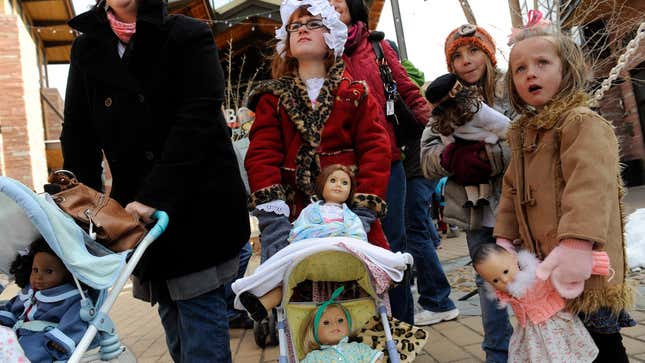Properties Bought By American Girl Doll Creator Answers the Question: ‘What If History Was Cuter?’
Pleasant Rowland, creator of the American Girl dolls I coveted but never owned, now owns much of an upstate New York town I cannot afford to visit
EntertainmentEntertainment

It would be disingenuous of me to begin what will shortly be a completely informational blog that features none of this writer’s residual bitterness without the following disclaimer: I wanted a fucking Felicity doll my entire childhood and never got one because 1) we could not afford it 2) my father believed that playing with dolls in childhood directly contributed to teen pregnancy by encouraging young girls to mimic maternity at too early an age. End of disclaimer.
-

-

-

-

-

-

-

-

-

-

-

-

-

-

-

-

-

-

-

-

-

-

-

-

-

-

-

-

-

-

-

-

-

-

-

-

-

-

-

-








































